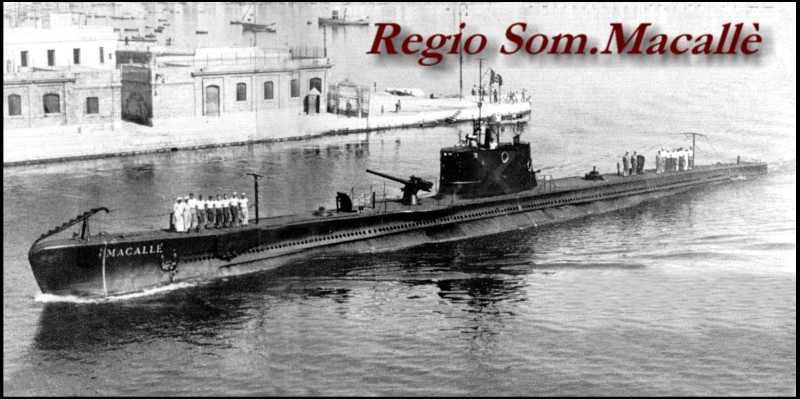In April 2015 the team from Tekdeep will be undertaking an expedition to locate the lost wreck of “The Mecalle”, a lost World War Two Submarine not seen since 1940 and you can be part of the team!
History of The Mecalle
When Italy entered the Second World War they had a colony called Italian East Africa (Eritrea). This was a large area, but as soon as they entered the war it became cut off from Italy by the British who controlled the Suez Canal and the Straits of Gibraltar. The Italians decided that they could do nothing else but quickly attack the British in Port Sudan.
The Mecalle set off to Port Sudan to engage the British on the afternoon of June 10th 1940. It left its home Port of Massawa under the command of Lieutenant Dante Morone who was to begin his first mission of the war.
There was an overcast sky and navigation was not possible by the stars and landmarks were also difficult to identify. What made it worse is that the route to Port Sudan was littered with islands and reefs. Another problem encountered was leaking Methyl Chloride gas from the air conditioning systems.
The 8 submarines of the Italian Navy based in the Red Sea were fitted with air conditioning systems that used Methyl Chloride gas. If the gas were to leak then it was undetectable. You couldn’t see it or smell it. The effects on the crews were madness or even psychotic behaviour.
On June 14th 1940 a lighthouse was sighted which was thought to be Sanganeb Light, it was however the Light on Hindi Gider, which is 30 miles away. This mistake meant that the Mecalle was in much shallower water than they thought and this course would take them aground on the Island of Barra Musa Kebir.
On the 15th June 1940 the Mecalle hit the island and as she did so she turned 90 degrees onto her starboard side. The bow was completely out of the water and the stern was submerged.
The 45 crew, with only their shorts on (they had to strip down because of the heat in the Submarine without the air conditioning), offloaded supplies and secret documents onto the island. An attempt was made to float the sub off the island by filling the stern with water so the front would lift off and she would float away but it was not to be. Water entered the open hatch of the conning tower and she sank and slid down the reef. There are two differing accounts, one of a deliberate scuttle by the navigation officer Elio Sandroni and one by Andraino Tovo who said that it was an attempt to re-float the submarine.
That was the end of the Mecalle but the story gets interesting. The captain, Lieutenant Morone, in the commotion and maybe due to intoxication of Methyl Chloride gas, never sent the distress signal and as such, nobody knew they were there.
The crew were on the island with very little food and water. They kept cool by spending the day submerged with their underpants on their head. It is said that they also drank a small amount of seawater. The situation was bad. It was decided that three of the strongest would set off in a life raft with two oars and some biscuits, bacon and three bottles of water.
The three men had a journey of 120 miles (it’s also written 200 miles), led by Ensign Elio Sandroni (the navigation officer) who also wrote an account of this ordeal. They arrived in Sudan having to avoid the British and made their way to the lighthouse at Taclai, in Italian controlled Eritrea. There they gave the distress signal to the port at Massawa.
An aircraft was sent from Massawa and it parachuted supplies to the island. The Submarine Guglielmotti was dispatched and set sail. On the 22nd June 1940 it recovered the crew from the Island of Barra Musa Kebir.
Out of the 45 crew members only one was lost, Deputy Chief Carlo Acefalo. He was intoxicated from the gas and died of starvation on the 17 June. He was buried on the island.
Ensign Sandroni received the Silver Medal of Military Valour. He was to join another submarine (The Perla) and make the journey around Africa, over 13,000 miles to the safe port of Bordeaux. He died in 2012 at the rank of Rear Admiral.
Until now, the Mecalle is undiscovered.
Learn more about how you can join this fantastic expedition at: http://www.tekdeepsafaris.com/trip-schedule/







